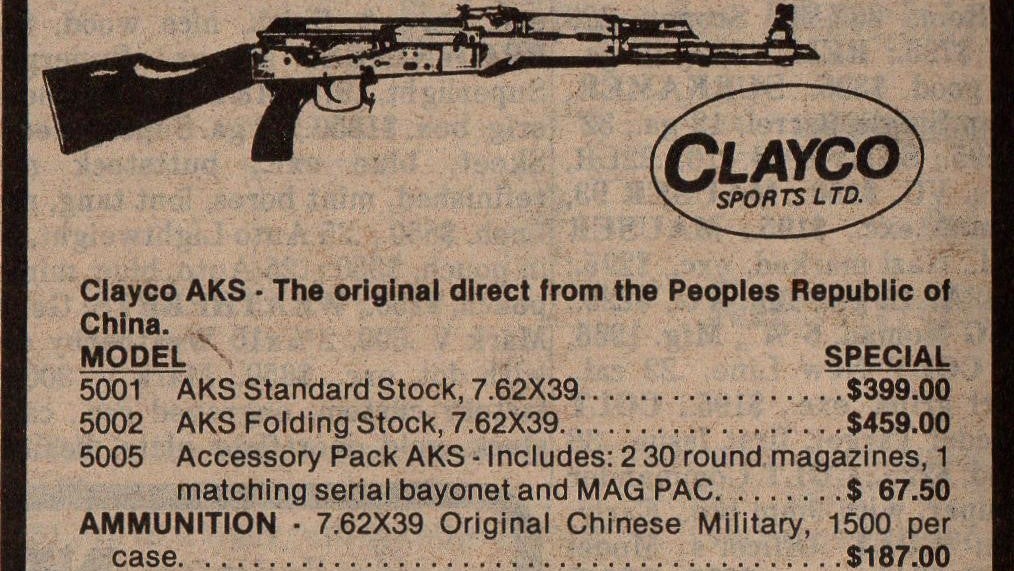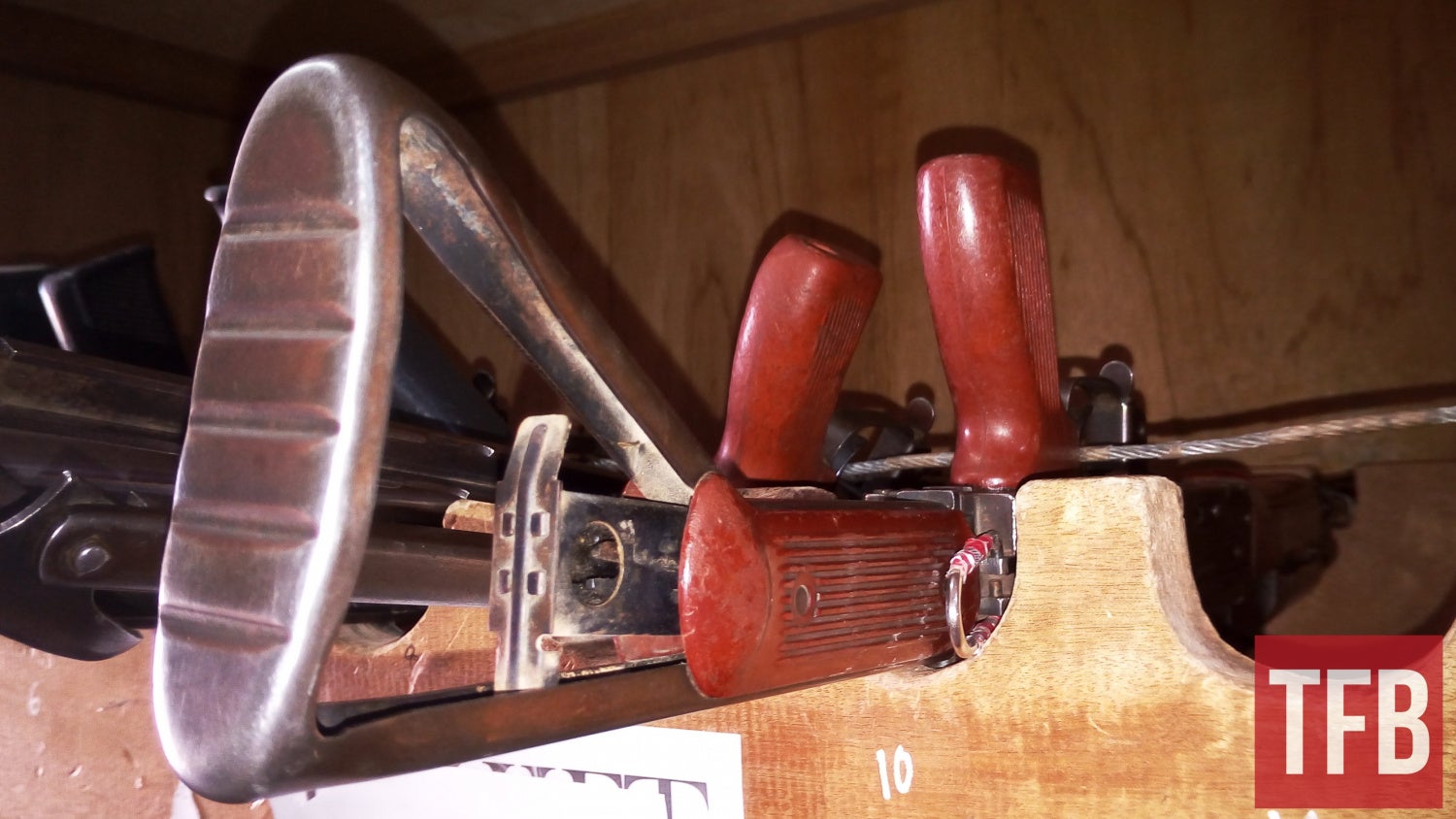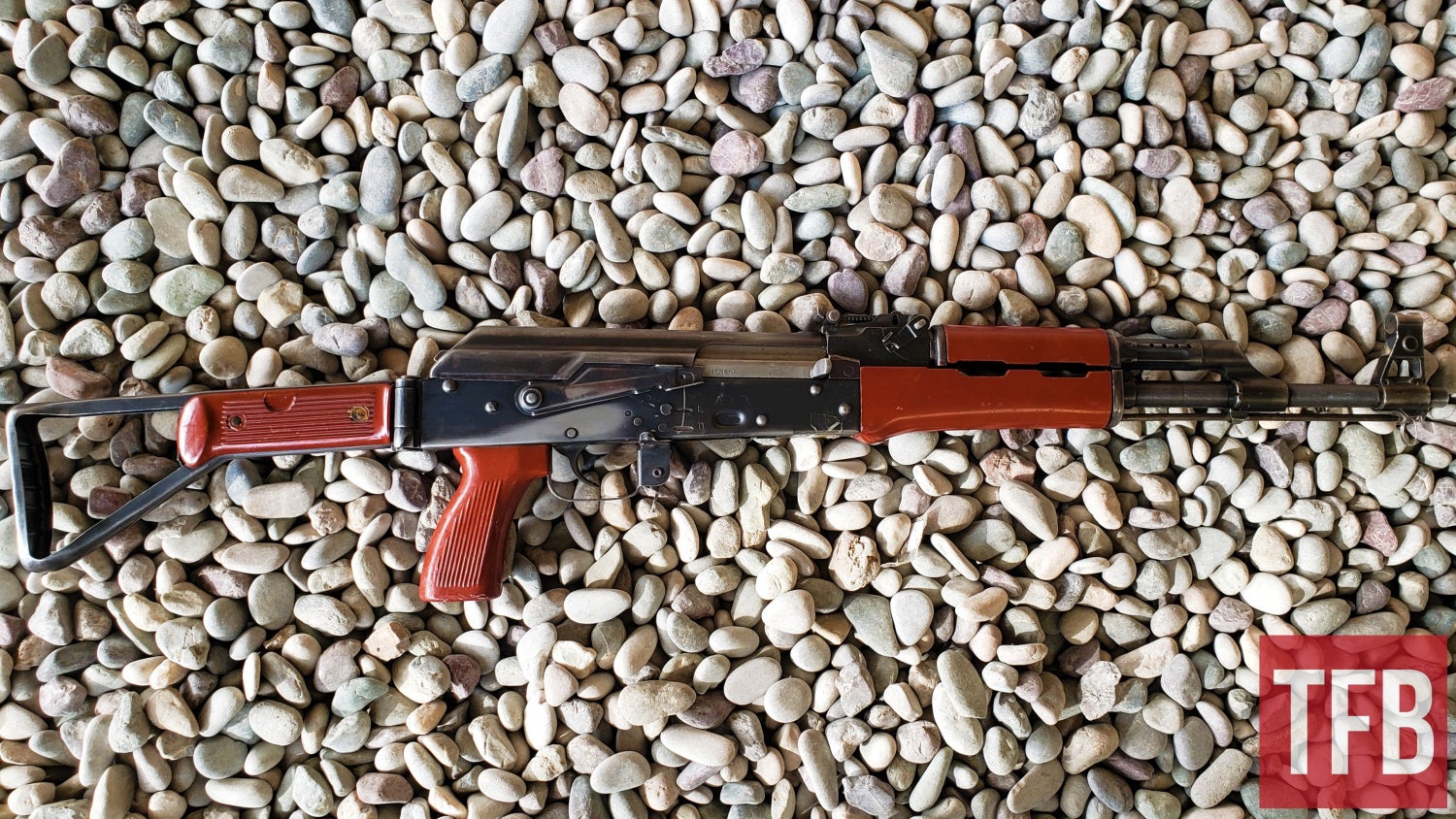In Part 1 of this article, I wrote about the early days of AK production in China, Part 2 was dedicated to the “golden years” of Type 56 history when it was exported to the US and produced in multiple countries.
But the world changes. The fall of communism in Eastern Europe transformed the international arms market. Suddenly, massive stockpiles of AKs from former Warshaw Pact countries were available for dirt cheap. You could get a high-quality AK for almost nothing in many former communist states, so international customers had no reason to buy a Type 56 anymore.
The Chinese Army also wasn’t buying AKs anymore. Type 56 was replaced with Type 81 and later with QBZ-95 bullpup. So the remaining AK factories now worked purely for export.
AK History @ TFB:
- The AKS-74U Krinkov Short Barrel AK History & Review
- The Unknown History of Russian AK-12 Kalashnikov Rifle: Part 2
- The Unknown History of Russian AK-12 Kalashnikov Rifle: Part 1
- Mystery Surrounding the Very First AK-47 Rifle
- CIA Agent’s Memory Sketch of the Kalashnikov Rifle

An ad for the imported semi-automatic Chinese AK
On top of that, the US market that previously consumed up to 2 million firearms a year disappeared after the 1994 ban. It was a hard time for Chinese manufacturers, some of the factories, including factory 626 (better known as 66), which history I previously described, closed down forever.
By the late 90s, the situation somewhat stabilized. The wild days of the early 90s came to an end, AKs from Europe were still available for a few hundred bucks, but for some customers, the difference between a few hundred bucks and a hundred bucks was like a difference between life and death.
And Chinese manufacturers delivered exactly that. A functioning select-fire assault rifle for roughly a hundred bucks. The lowest price that I ever heard being quoted was $93 (ninety-three USD). And I know for a fact that in 2017, with the right credentials, you could get a batch of one hundred Type 56 rifles for $120 a piece directly from China.

In recent years, the overwhelming majority of Type 56 exported worldwide have folding stocks
If you know anything about manufacturing, you realize that this price is impossible to match. But the Chinese manufacturers somehow managed to produce rifles at the fraction of the price of their competitors. And as a side-effect of this amazing cost reduction, the quality of the newer type 56 suffered tremendously.
By that time, the primary Type 56 variant produced by Chinese factories was an improved Type-56-2. This variant has a relatively comfortable steel stock that folds to the right side. Within that stock, there is a pin you can push with a standard punch in order to retrieve the cleaning kit from the stock.

The “secret” maintenance kit inside the Type-56-2 stock
Not all rifles of this type are inherently bad. In the early days, a certain amount of side folders were imported into the US and had good reviews. In the late 90s, Type 56-2 simply became more prominent which coincided with the lowering of quality standards.
I will never forget my first introduction to the late Type 56 rifle. My team was participating in weapon trials, and one of our main competitors was a Chinese AK. The rifle was laying there on the firing line and I asked for permission to take it apart. Permission was granted, but on one condition – I should not mess it up, since this gun was our direct competition.

Type-56-2 at the trials
I carefully took it apart, and the second I removed the bolt from the bolt carrier the firing pin and retaining pins fell out. I was petrified, thinking that someone will accuse me of trying to break the gun and gain an unfair advantage in trials.
Thankfully no one noticed and I put the bolt back together and swore to myself to never touch a Chinese AK again. Well, based on this article you imagine how well this promise worked out for me…

The firing pin got stuck inside the folding stock mechanism
That same thing happened a few more times, in different countries. During the inspection, I started smacking Chinese AK bolts on the table during the inspection to make sure inertia wouldn’t move the retaining pin.
Once I was working on a rifle in Somalia and the firing pin that fell out got stuck inside the folding stock mechanism and blocked the bolt carrier, so you couldn’t even charge the gun. That issue can be easily fixed, but I never encountered it with rifles from other countries.
Another strange problem that I regularly encountered was the out-of-spec extractor spring. You can always feel that something is wrong with this spring, you just need to push the extractor and feel the resistance. When it happened for the first time, I disassembled the bolt I thought some other armorer years ago played a joke on me. The spring that I found inside the bolt was not a proper extractor spring and looked more like a ballpoint pen spring.

Right – standard AK extractor spring, left – out-of-spec Chinese spring
I replaced it, took some pictures, and haven’t thought much about it. But then again, I found the same problem, multiple times, on various late-production Chinese AKs both in Iraq and Afghanistan.
So after all, it wasn’t the fault of an armorer with a wicked sense of humor, but a factory-installed spring that wasn’t even close to spec. Perhaps someone managed to save a lot of money for the factory with this little “improvement”.
But there were also problems I couldn’t solve easily. Many Chinese AKs have nonremovable front-sight posts, so you can really fix it with any conventional methods – by changing the retaining pins, for example.
Finally, there is an issue of accuracy and barrel condition. Compared to the early Chinese AKs, the modern Type 56 has a lesser-quality chrome lining that starts to peel off after a few hundred shots. Once in Iraqi Kurdistan, I tested the accuracy of newer Chinese AKs, and in the limited time that I had, even a Romanian AK with a wobbling folding stock always printed better group on paper.
According to my good friend, one of the most talented weapon design engineers I know, who spend years testing new production Chinese AKs, the manufacturers there days do not guarantee complete interchangeability of parts between the guns.
On top of that, soldiers who used those AKs in mountain warfare experienced a noticeable amount of stoppages when they shot uphill, elevating the barrels of their rifles. After years of issues, the country decided to replace their Chinese AKs with Kalashnikovs from a different manufacturer.

Note the wear of the finish – just from the trigger finger of the shooter
While it’s easy to laugh about those quality problems, we are often not seeing the bigger picture. Chinese created a perfect solution for many countries that couldn’t afford anything else. They took over an entire section of the international market in which no one could compete with them.
Their best facilities are used for the production of modern weapons for their own army, and the outdated factories still provide some cash flow, selling Type 56-2 for a dime a dozen. And for the money, it is definitely the best rifle you can get. And they weren’t all that bad. Just some.
In the next (and the last) part of this series of articles, we will take a look at the most recent variation of Chinese AK that somehow escaped the spotlight until now – the Chinese AK 103.

